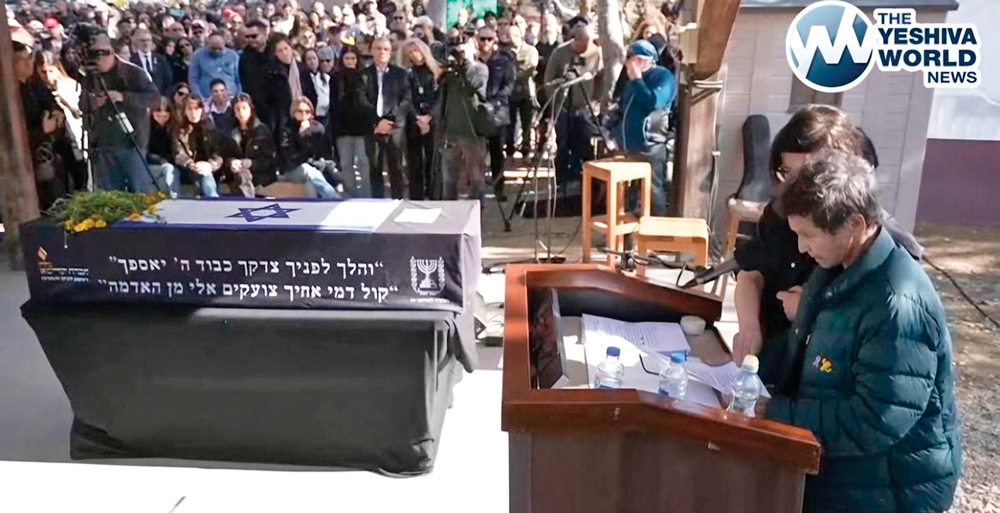
Reviewing: “In the King’s Court (Ateret Tzahav): Exploring Megillat Esther, Our Most Subtle Victory,” by Rabbi Chaim Jachter; cover art by Miriam Kaminetzky. Kol Torah Publications. 2024. 252 pages. ISBN-13: 9798876973351.
Once again, as I have personally learned as part of the particularly prolific brilliance of Teaneck’s and The Jewish Link’s own Rabbi Chaim Jachter, I am honored to have received an advance copy of his latest Tanach sefer, this time delving into one of the most beloved seforim of our Tanach: Megillat Esther. This sefer has just reached stores and will be featured at the annual YU Seforim Sale, which opened last weekend and continues through the month. The book is also beautifully illustrated by Bergenfield’s very talented Miriam Kaminetzky. This is the third such cover she has created for Rabbi Jachter’s seforim, and as with the first, this cover continues to impress with its reflective understanding of the sefer’s contents.
Jews worldwide delve deeply into this sefer annually each Adar, but it always amazes me how much I gain each year from both surface readings on the night and day of Purim as I listen to the words as chanted, and also from deeper ideas that permeate throughout the writings of our sages that speak directly to the book’s main concepts: the particular leadership of place and circumstance of Esther HaMalka; Mordechai HaYehudi’s knowledgeable expertise, whispered directives, and incisive understanding of political alliances and consequences; Achachverosh’s bumbling, alcohol-laden lifestyle that leads ultimately—and astonishingly—to pro-semitic decisions; the strange descriptions of Queen Vashti and her abrupt vanishing in the sefer’s early perakim; and of course the terrible evil Haman with his dastardly plan to kill every Jew in Persia and Media.
The whole group of supporting characters too have become known as a fascinating cast of ever-evolving individuals with political allegiances, hidden identities, mistaken impressions, and even high court secrets. Courtiers in the palace of Versailles could have taken some lessons from the court of Achashverosh. And don’t forget there’s even an interrupted assassination plot that mysteriously vanishes for a good portion of the sefer, only to be brought back at exactly the right moment. The story contained within Megillat Esther is certainly worthy of any Hollywood drama, and while no Tanach sefer I’ve ever read gets boring, Megillat Esther in particular is a perennial crowd favorite of the annual Jewish cycle.
And for good reason. Rabbi Jachter, as befits his role as a rebbe at Torah Academy of Bergen County and as mara d’asra of Congregation Shaarei Orah, first studied this sefer back in 2001 (5767) with his students, and inspired by his daughter who suggested it, had been hoping to write a sefer about Megillat Esther for several years. Following his books on Sefer Daniel and Megillat Ruth, both published in 2023, this treatment of Esther HaMalka is a thicker and more organized-by-concept book than the previous two (which primarily were organized via Q&As with his students), and virtually every page is rife with insights about how this book and even Purim itself relates to our lives and our observance of mitzvot.
What was particularly enjoyable about this dense book was insights between eras and comparisons of our story with other stories present in Tanach. For example, one particularly interesting idea Rabbi Jachter presents is that with his 5767 students, significant parallels are drawn between Yosef Avinu and Mordechai HaYehudi.
“Both Yosef and Mordechai serve as mishneh la’melech (viceroy) of countries that are, during their respective eras, the world’s major superpower. Yosef and Mordechai are exiled from Eretz Yisrael to a foreign land against their will. Yosef is taken to Pharoah against his will, while Esther is taken against her will to Achachverosh. In both cases, Hashem embeds the solution before the problem began (makdim refefuah l’makah; Megillah 13b).
Rabbi Jachter explains that Queen Esther was crowned before the whole saga with Hamas and his evil plan even starts to play out, just as Yosef became viceroy of Egypt a full seven years before the famine began. This is useful in our understanding of Hashem’s world in which He has divine control over the past, present and future; so we glean from that a world view that all things—particularly blessings and also those which appear to be curses—come from Hashem.
A second major treatment that is relevant to any serious student of Megillat Esther is the understanding of the court of Achashverosh and Esther and Mordechai’s actions as a model for understanding modern political governance and how Jews can, and in some cases—must—see their unique roles in life as advocates for the Jewish people.
As it has become clear since the October 7 war began with Hamas’ barbaric attack against Israel, every Jew, wherever they are, has the power to advocate for their people. Sports figures, actors, comedians, politicians, parents with access to email addresses, duffle bags or Amazon gift cards, and even students with a pen and paper, have found ways to support and advocate for their brothers and sisters in Israel. But it hasn’t always been so clear when Jews should stand up and fight and when they should stay quiet or wait in the wings.
Megillat Esther, from virtually the first perek, balances the idea of when to perhaps not attend a drunken party and suffer the consequences of not showing up, and when to host the same such type of party and invite your most evil enemy. Rabbi Jachter writes:
“Politics have never been an endeavor where truth was a top priority. Power, rather than emet [truth], is typically the primary goal. Rav Yosef Dov Soloveitchik, the author of the Beit HaLevi, told his son Rav Chaim that politics are sheker, falsehood. If so, the sharp-witted Rav Chaim responded, why not call politics “sheker?” To this question, the Beit HaLevi responded, “Then there would be something truthful to politics.”
Rabbi Jachter’s adroit interpretation of the general mess that is politics but still has its necessities, is complemented by another book published 24 years ago by the Israeli writer and philosopher Yarom Hazony. His book, “The Dawn: Political Teachings of the Book of Esther,” highlights how effective leaders must make decisions for the welfare of their people, and what modern-day Jews can learn from Esther and Mordechai about how to stand up to enemies and maintain Jewish faith and nationhood. Even though it was published in 2000, this book is certainly still widely relevant today and could be considered a companion volume to Rabbi Jachter’s chapters on Perek Bet about Megillah Esther and political activism.
Finally, I would make one last point and highlight a part of Rabbi Jachter’s book that spoke to me particularly. There’s always a lot of conversation about Haman and Amalek on Purim, particularly as the sefer seems to make a point of mentioning all of the names of Haman’s sons who were hung from the gallows, which is assumed by some to be the wiping out of future generations of Amalek. But there’s a larger and more deep thought present as well about the importance of the Jewish people working as a partner with Hashem in continuing to remember what Amalek did to the Jews as they were leaving Egypt. Rabbi Jachter described having the merit of discussing the pasuk about Amalek from Sifrei Shemot and Devarim with Rabbi Reuven Feinstein, shlita, noting the dichotomy between the words of “emcheh et zecher Amalek” (Hashem will destroy Amalek), and in Sefer Devarim, where we are told to “timcheh et zecher Amalek” (Destroy Amalek).
Rabbi Jachter notes that Rabbi Feinstein shared that a major hashkafic point is inherent in this contradiction, but didn’t elaborate, so it was Rabbi Jachter’s students who set out to enumerate it. The conclusion: “Sefer Shemot and Sefer Devarim don’t contradict. Instead, both are correct since we eliminate Amalek together with Hashem. In addition, partnering with Hashem to eliminate Amalek is one example of our working in tandem with Hashem.”
While this year’s Purim seems far away as we continue to pray daily for the release of our hostages and the safety of our chayalim, what feels particularly important this year about studying Megillah Esther is that this sefer is a book about unity. Rabbi Jachter writes as part of his conclusion that Haman succeeded in one way: “He united the divisions in our people not unlike the thoroughly evil Hamas unifying a fractured Israeli society in 5784.”
“In the King’s Court: Exploring Megillat Esther, Our Most Subtle Victory,” by Rabbi Chaim Jachter, is available at the YU Seforim Sale, on Amazon, and wherever fine Torah books are sold.
Elizabeth Kratz is editor and associate publisher of The Jewish Link.











